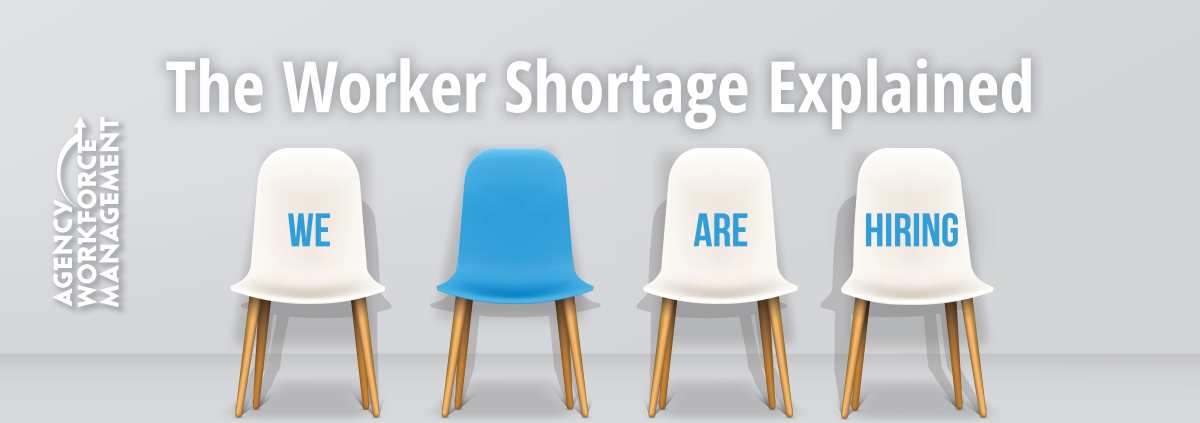The Worker Shortage Explained
Over 4-8 million fewer people are currently in the US labor force than before the pandemic, depending upon how they are counted. Why?
- Fear of Covid-19, sickness (the USA still averages over 14,000 positive cases a day); if 14,000 people quarantine for 14 days, that removes nearly 200,000 from the available workforce even if they don’t get really sick
- Lack of childcare and open schools
- Previous employer has offered to rehire soon
- Few job openings in their area
- Extended jobless benefits
The situation is the same in the United Kingdom where vaccination rates exceed the USA. Employers report a shortage of workers as every business tries to re-open at the same time and potential employees in the EU are prohibited from travelling by continuing Covid-19 restrictions and Brexit.
According to a Census Household Pulse survey taken in late March, 6.3 million people reported that they were not working because they needed to care for a child not in a school or day care. Another 2.1 million were caring for an older person. An additional 4.1 million Americans said they were not working because of concerns about getting or spreading Covid-19.
The labor shortage should ease later in 2021, but the process may take months as:
- Vaccination rates continue to rise
- Schools fully re-open
- Federal unemployment bonus expires in September
In addition, employers may not be seeing applicants due to weak job postings.
It is very important that employers update their job postings and hiring practices to be competitive in this new labor market.
For a more in-depth look into hiring, download the eBook: Recruiting and Hiring Best Practices for Agencies
To discuss hiring, onboarding and training, email agencysuccessteam@mitcsoftware.com.


Leave a Reply
Want to join the discussion?Feel free to contribute!